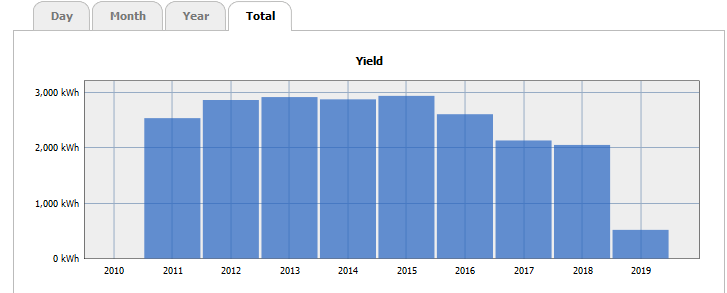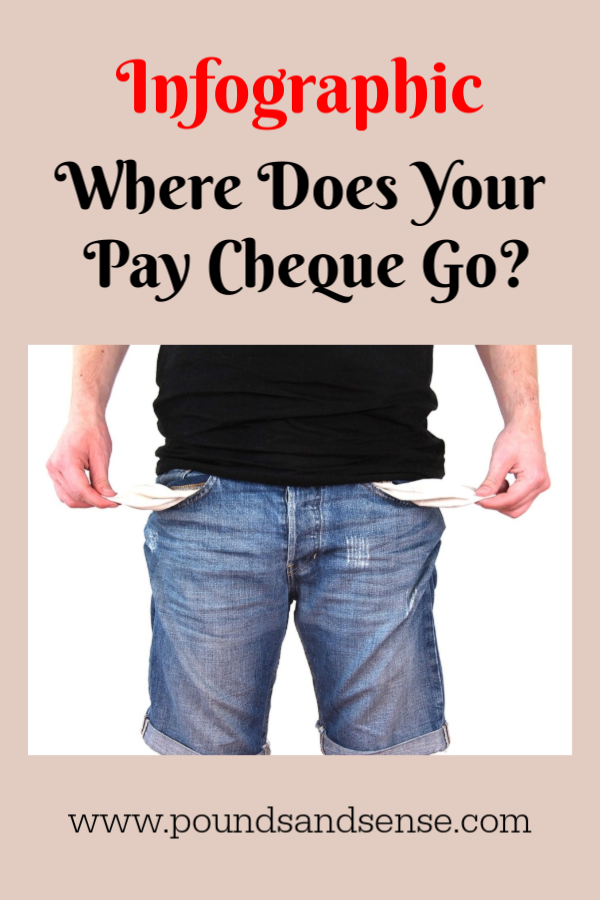Ratesetter Rings the Changes
Updated 30th March 2020
I have mentioned P2P lending platform Ratesetter a few times on Pounds and Sense – most notably in my Ratesetter review.
Ratesetter is one of my favorite lower-risk P2P lending sites. It lets you save via a tax-efficient IFISA and/or an ordinary (taxable) Everyday account.
Although their rates aren’t the highest – currently 3% to 4% – I like the fact that risk is spread across all loans on the platform, with a provision fund to cover any defaults. This means that if someone you have lent money to via the platform defaults, it shouldn’t affect your returns. It also means that – unlike some other P2P lending platforms – there is no need to diversify your lending across the platform in order to control risk.
The Changes
Originally you could invest in Ratesetter in a choice of three different products: Rolling Market, One Year and Five Year.
The Rolling Market was the closest to an ordinary savings account, letting you withdraw some or all of your money any time without penalty. With the 1-year and 5-year products you could still request withdrawals before the full term of the loan, but in those cases a percentage charge was applied. This was 0.3% with the 1-year product and 1.5% with the 5-year product.
Under the new system, loans are spread across all three types of product. What was called the Rolling Market is now an Access account. As before, you can withdraw money from this at any time without penalty. There is just a ‘fair usage’ clause, which prevents investors from lending new money for 14 days after a withdrawal.
Instead of the 1-year and 5-year products, there are now the Plus and the Max. The Plus product pays more interest, but if you want to withdraw you have to pay a ‘release fee’ of 30 days’ worth of interest based on Going Rate at the time of release. And with the Max product, which pays more still, you are charged a release fee comprising 90 days of interest, again based on Going Rate at the time of release.
The Going Rate is the current interest rate for loans in the three product categories. Previously this was set by the market, based on supply and demand. That meant it could fluctuate, sometimes considerably, from day to day and even hour to hour. The interest rate you received could therefore vary a lot.according to when you invested (and when any returns were reinvested).
Under the new system, interest rates are set by Ratesetter themselves. This makes Ratesetter feel more like an ordinary savings provider. Currently the Going Rates are as follows:
Access: 3.0%
Plus: 3.5%
Max 4.0%
If you are already a Ratesetter investor, you may therefore want to reassess the type of product in which your money is held.
If – like me and many others – you put your money into a Rolling Market (now Access) product, you may want to think about transferring some to a Plus or Max account to take advantage of the higher interest rates. There is no greater risk in these accounts, and the only downside is that you will lose 30 or 90 days’ interest if you withdraw early. Doing this is likely to deliver better overall returns, so long as you remain in for at least six months in the case of a Plus account and a year in the case of a Max account. (These are only very approximate figures, as the interest rates paid can change.)
If you want to do this, you can’t (unfortunately) transfer money directly from one type of product to another. Rather – and I have confirmed this with Ratesetter – you will need to start by withdrawing your money from the product it is in currently (e.g. Access) so it goes into your holding account. You can then invest from your holding account into the new product (e.g. Max) that you want. Bear in mind though the 14-day rule mentioned above.
My Thoughts
Overall, I like these changes to Ratesetter. The new Going Rates are admittedly a little lower than the previous market rates. However, I think the greater stability and certainty over the interest rate you will be getting more than make up for this. I also like the new, simpler terms for withdrawing money from your account. I will continue to invest in Ratesetter and regard it as one of the safer (if less exciting) components of my portfolio.
As I’ve noted before on Pounds and Sense, P2P lending does not enjoy the same level of protection as bank and building society savings, which are covered (up to £85,000) by the Financial Services Compensation Scheme (FSCS). Nonetheless, the rates on offer at Ratesetter are significantly better than those from most banks and building societies. And the existence of a substantial across-the-board provision fund with a strong record of protecting investors from losses clearly offers reassurance.
It’s also reassuring that with all three products you can access your money if needed at any time, even though in the case of Plus and Max you will be charged a release fee for this. Obviously, you shouldn’t therefore put money into the Plus or Max products if you think there is any likelihood you will need it back within a month or two.
Clearly, no-one should put all their spare cash into Ratesetter (or any other P2P lending platform). Nonetheless, it is certainly worth considering as part of a diversified portfolio. Not only are the rates of return higher than those offered by banks and building societies, they are relatively unaffected by ups and downs in the stock market. P2P lending isn’t a way of hedging your equity-based investments directly, but it does definitely help spread the risk.
If you would like more information about Ratesetter, please see my original Ratesetter review (which I will be fully updating soon).
Welcome Offer
Currently if you are new to RateSetter you can get £100 added to your account for free just by signing up and depositing £1,000. Full terms of the offer are reproduced below, and you can also find them on the RateSetter website.
You can take advantage of this offer so long as you
- have not previously registered with RateSetter;
- register after 27th March 2020; and
- deposit a minimum of £1,000 through the RateSetter ISA or Everyday account and this is matched within 56 calendar days of opening an account.
Your bonus will be credited to your Everyday Account and invested in RateSetter’s Access (instant access) product at the going rate (currently 3%) within 30 working days of qualifying. From here you can transfer it to your ISA account if you like or simply withdraw it.
My Thoughts: This is a great offer from RateSetter if you are new to the platform. If you invest £1,000 and keep it there for a year, then including the £100 welcome bonus you will get a total return of between 13 and 14 percent for the first year (depending on whether you opt to invest your money in the Access, Plus or Max product). As a matter of interest, this is the same welcome offer I took advantage of when I signed up with RateSetter two years ago, and my bonus £100 was credited without any issues (or prompting from me) twelve months later.
- Obviously if you need your £1,000 at any time, you can withdraw it (normally within 24 hours). This will though mean you don’t receive the £100 welcome bonus at the end of the first year.
Clearly, this is a generous promotional offer by RateSetter and I assume it won’t be available forever. If you want to take advantage, therefore, don’t wait too long. I will remove this information if/when I hear the offer is no longer valid.
If you have any comments or questions about this post, as always, please do leave them below.
Disclosure: As stated above, this post includes my referral link. If you click through and make an investment, I will receive a bonus for introducing you. This has no effect on the terms or benefits you will receive. Please be aware also that I am not a qualified financial adviser and nothing in this post should be construed as individual financial advice. You should do your own ‘due diligence’ before making any investment, and take professional advice if at all unsure how best to proceed.













